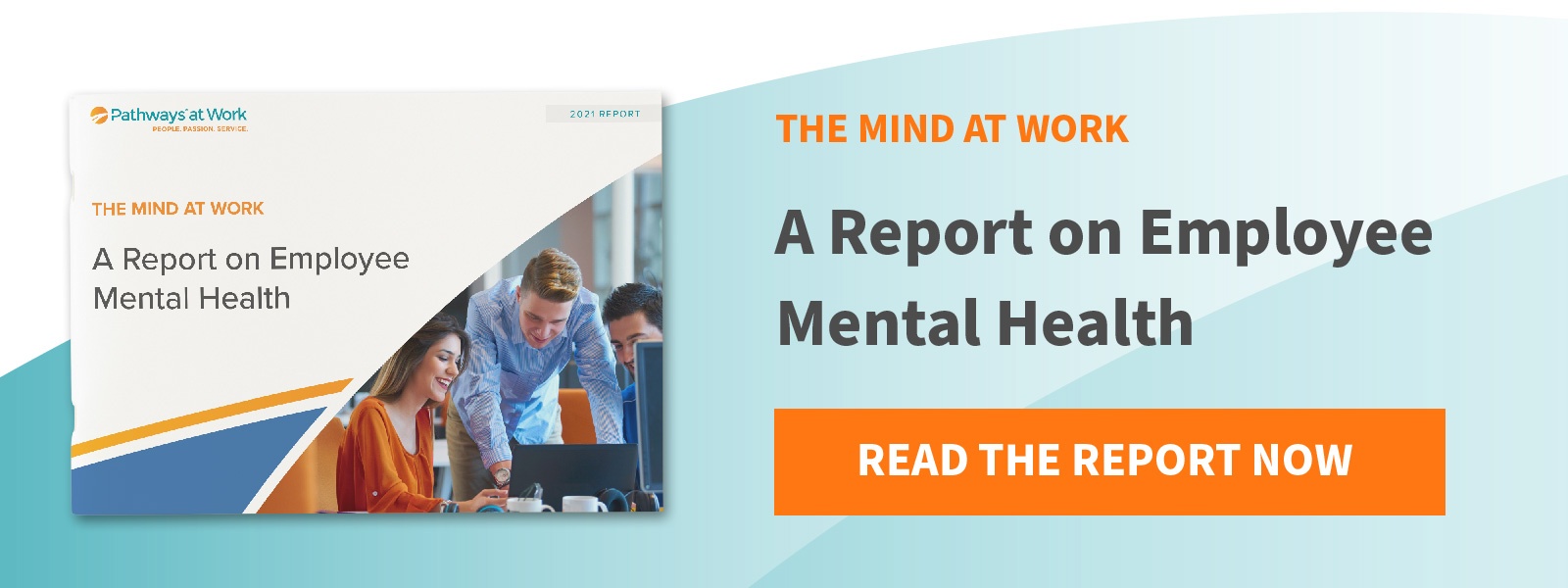4 Ways HR Can Build Trust and Communication in the Workplace
For over a year, HR leaders have focused on supporting employees amid massive changes to how we work. As most employees have settled into the new normal of work, their concerns and expectations have changed. As a result, HR teams are paying closer attention to their team members’ needs and work expectations to retain high performers. However, recent reports have revealed that building trust is a growing concern among most employees.
According to a recent Pathways study, 75% of employees are concerned about building trust at work. Yet, this time last year, only 62% of employees reported concerns about trust levels within their organization. Trust is a crucial part of employee engagement, productivity, and collaboration among team members. When employees work in a low-trust environment, they are more prone to stress, mental health issues, sick days, and burnout.
As the number of employees concerned with trust grows, HR teams need to understand the connection between trust and communication. While every organization has unique factors that contribute to employee trust, communication is critical to building trust in any environment. When organizations fail to set and meet expectations around communication, trust crumbles. To build a culture of trust, organizations will need to promote effective communication methods between team members and leadership.
What is Trust in the Workplace?
Trust in the workplace means that employees experience a culture that promotes effective and honest communication, psychological safety, and mutual respect. Employees with high levels of trust are proud of where they work, their job, and their team members. In addition, trust in the workplace means employees feel secure even when they make a mistake. The ability to collaborate and contribute freely increases employees’ job loyalty and satisfaction.
According to a recent study by Harvard Business Review, trust isn’t just “nice to have” at work— it is a crucial component of an organizations’ health and performance. Employees who work in high-trust environments are more successful; they experience 74% less stress and 40% less burnout. In addition, high trust work environments make team members 50% more productive and 76% more engaged in their work.
Creating a Culture of Trust Through Effective Communication
Maintaining trust in the workplace depends on good communication at all levels of your organization. To cultivate a culture of trust, HR professionals can take steps to improve how employees communicate with each other, how leaders communicate with team members, and how your organization shares information with employees. Here are four strategic steps your HR team can take to promote trust through better communication in the workplace.
1. Establish Clear & Consistent Communication Channels
Consider how your organization provides employees with the information they need to do their job and feel supported day-to-day. If your organization hasn’t established expectations around when and how employees receive critical information, employees experience higher levels of distrust. Conversely, communicating with employees clearly and consistently fosters more elevated levels of trust at work in the long term.
To improve company communications, collect employee feedback about how your organization shares essential information with team members. For example, ask employees if current communication tools allow them to find the information they need quickly. Input from employees can help you develop a communication strategy that addresses existing pitfalls and barriers. In addition, keep managers informed of any changes to company communications to help set employee expectations.
2. Create Emotionally Intelligent Leaders
The way leaders communicate with their people, and the information they choose to share has a significant impact on trust levels. Leaders are responsible for setting an example for employees regarding communication, trust, and honesty within an organization. The best way to ensure leaders set an example for healthy communication among employees is to develop their emotional intelligence.
Improving leaders’ emotional intelligence can improve their ability to communicate honestly and transparently while maintaining healthy boundaries. When leaders are emotionally intelligent, they can balance oversharing and withholding necessary information from employees. Employees know when there’s an “elephant in the room.” Emotionally intelligent leaders know when it’s appropriate to call out the issue or reassure employees and calm fears.
For example, if team members have conflicting priorities during a meeting, emotionally intelligent leaders will call it out in the moment. However, if rumors of an acquisition come up, emotionally intelligent leaders will reassure employees about future communication. Leaders’ ability to navigate difficult conversations and lead with empathy can cultivate higher levels of trust among their team members.
3. Conflict Management Training
Low levels of trust create more conflict in the workplace, and workplace conflict breaks down employee trust. It’s impossible to maintain team trust if employees can’t navigate difficult conversations. Offering employees conflict management training can improve their collaboration with team members and communicate more effectively at work.
It’s essential to provide employees with the communication skills they need to manage conflict on their own. However, HR should also provide conflict resolution support for employees if they cannot resolve issues themselves. Reassuring employees that HR will help them navigate difficult situations can also improve levels of trust within your workplace.
4. Foster Psychological Safety
Psychological safety is the foundation of trust in the workplace— it determines how comfortable employees feel sharing honestly about their thoughts, feelings, and ideas without fear of repercussions. A lack of psychological safety equates to low levels of trust within an organization. If employees can’t communicate freely without fear of judgment or punishment, building trust in the workplace is impossible.
An essential component of psychological safety is clarity of roles, duties, and expectations, as well as consistency in following protocols. Employees are less likely to feel caught off guard when they know what to expect from their boss, coworkers, and organization. In addition, when organizations follow through on commitments and standards, it promotes a sense of psychological safety and trust among employees.
Starting a conversation about employee well-being is a critical component of creating psychological safety in the workplace. When HR prioritizes their team members’ emotional and mental health, it encourages employees to be their most authentic selves at work. In addition, when employee well-being is a pillar of your organization, it increases employee trust and encourages open communication.
The Cost of Broken Trust in the Workplace
Levels of trust in the workplace can significantly impact your company’s performance and bottom line. Conversely, a lack of trust in the workplace is the leading cause of disengagement among employees. Disengaged employees cost U.S. companies $450 billion to $550 billion in lost productivity per year.
Employees become disengaged because working in a low-trust environment is exhausting. It takes a considerable amount of energy to be “hypervigilant” about your safety at work, and the critical thinking part of the brain is not fully engaged. Feeling safe inspires creativity, as your nervous system is relaxed and your whole brain is focused on the task at hand.
When employees become disengaged because of broken trust in the workplace, organizations also experience higher levels of turnover. A recent report on employee retention, employees in low-trust work environments are 26% more likely to quit their job. Employers who fail to address employees’ concerns about trust in the workplace experience higher turnover rates.
While broken trust can lead to costly outcomes for an organization, high-trust workplaces yield impressive results. A study by Watson Wyatt found that high trust companies outperform low trust companies by nearly 300%. Companies with high levels of trust perform better because employees are more likely to remain engaged and productive at work. In addition, trust energizes employees’ investment in the organization, motivating them to perform better and maintain high productivity levels.
Trust is a crucial factor to the success of any organization, and HR teams have the power to make meaningful improvements to their culture through effective communication. With more employees concerned about building trust in the workplace, it’s a critical time to rethink how your organization is meeting the needs of its people. To learn more about the factors that have influenced trust and communication in the workplace over the past year, check out our Mind at Work report.



.jpg)